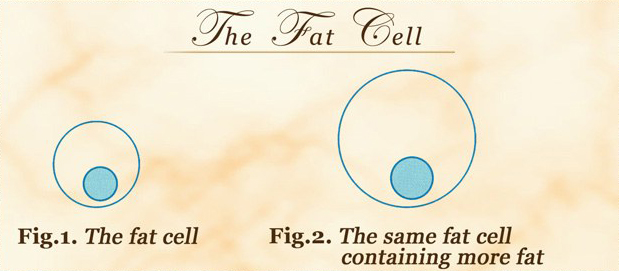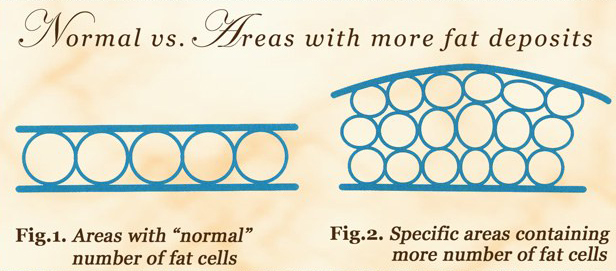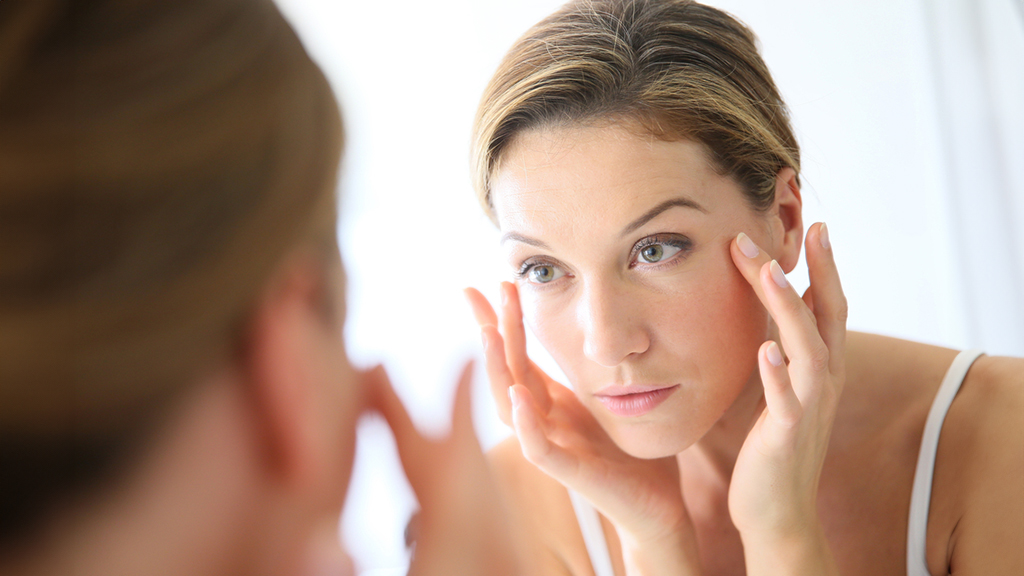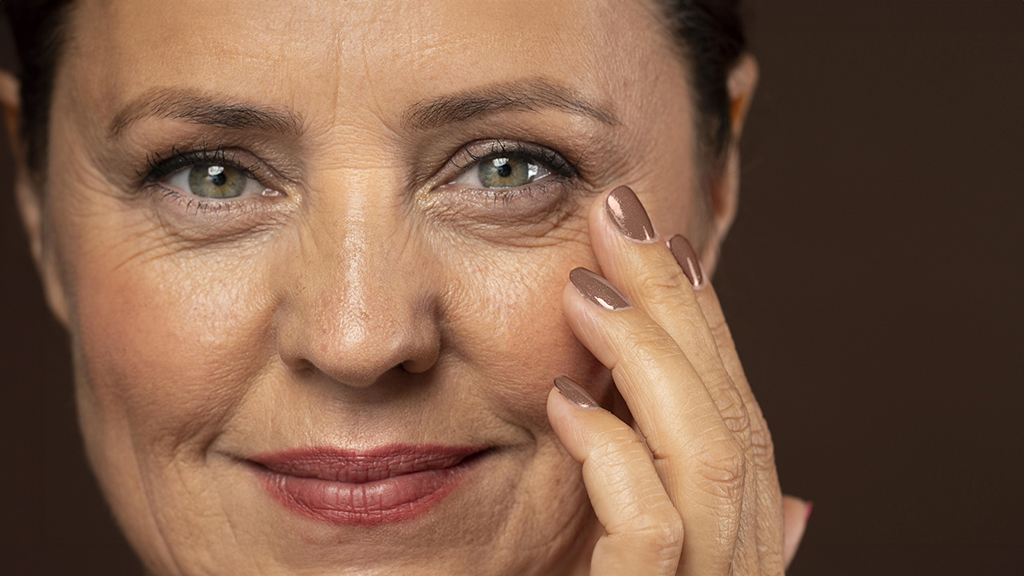Liposuction & 3D Vaser Contouring
Liposuction has for long been one of the most popular procedures in cosmetic surgery. It belongs to the group of body-contouring procedures, which also includes tummy tuck (abdominoplasty), Skin-Tightening procedures (arm, thigh and buttock lifts) and Muscle enhancing procedures (calf, buttock and pectoral implants, and abdominal six-pack etching).
In the early days of liposuction fat removal, surgery was performed with large-bore cannulae, and such early procedures were often less than ideal, being fraught with irregularities such as asymmetrical results, blood loss and sometimes infection. Since then, techniques have developed rapidly to the point where surgeries have become not only safer and more effective but also less costly.
Traditional & high definition liposuction techniques
Modern liposuction methods are typically characterised by several advantages:
- They are better tolerated by patients and carry a much lower risk of complications
- Patients experience less pain and shorter post-operative down-time
- There is less blood loss and bruising
- They are less expensive due to the shorter operating time
- Surgeons can contour the body to any desirable angle, producing a more aesthetically appealing result.
There are Traditional and also various types of High-definition Liposuction, in particular the advanced VASER Liposuction, known commercially as VASERlipo®.
Traditional Liposuction is the original form of fat removal. It usually involves the use of much larger cannulae and conventional suction machines. The aim is typically to remove only the deeper layer of fat and not totally remove all of the body’s fat deposits.
High-definition Liposuction or Liposculpture is a more modern development of conventional liposuction. It uses much smaller cannulae and involves suctioning fat from areas much closer to the surface of the skin. As a result, it leaves far less residual fat, and, in experienced hands, will produce a much smoother, aesthetically pleasing result. The suction may be applied either by machine or in a much gentler way employing a simple, hand-held syringe (the latter procedure known as “superficial syringe liposculpture”). By using such small instruments, Mr Rezai is able to sculpt the body in a more gentle, controlled manner.
Mr Rezai uses whichever technique, or combination of techniques, that he feels is necessary, having recommended a personalised treatment plan at your consultation.
But before getting in to more details about Liposuction fat removal surgery, let’s take a brief look at the problem itself – Fat.
About Fat
Fat is an efficient way for our body to store energy. The basic unit of fatty tissue is the fat cell; technically known as an adipocyte. This simple form of cell consists of a (membrane) bag within which sits the nucleus of the cell surrounded by fat. Throughout our childhood and into early adolescence, we continue to develop more and more fat cells. However, by our late teens to mid-twenties it is believed that we stop making new fat cells.
So you may ask how do we still put on weight as we get older?
The answer, is unfortunately, very simple. We just increase the amount of fat stored in each of these fat cells. They simply balloon, sometimes to many thousands of times their original size.

If we take a very simplistic view of an area of the body, then one might imagine the skin, with subcutaneous fat on the inside, with muscles and other structures underneath. As weight is put on, the fat cells increase in size, with the result that the area becomes generally larger. For a lot of people losing weight, toning up and achieving the figure they want requires a combination of healthy eating and regular exercise. However, certain individuals have collections of fat in specific anatomical areas and when these individuals put on weight, they feel that it has become localised to these areas and usually no amount of exercise or dieting can shift these stubborn fat pockets.
Typical problem areas include but are not limited to arms, chest, stomach, flanks, inner and outer thighs (saddlebag), hips, buttocks, knees and chin (double chin).

As weight is put on, the fat cells increase in size, with the result that the “problem) area(s) becomes generally larger. Should weight be lost, then the weight tends to come off uniformly also, leaving the “problem” area(s), still larger than the rest of the body.
In these instances, Liposuction may be the only solution to shape the contour of the body and bring it into proportion.
Ideal candidates for liposuction
Patients in good general health and with realistic expectation. Whilst both small and large volume fat removal is possible using this method, the ideal candidate is a patient who is close to their ideal body weight and already has good muscle tone. It can be very helpful to those who are frustrated by the resistance of certain areas of their body to diet and exercise, and in particular can help those seeking a fast, minimally invasive way to lose stubborn fat deposits.
However, it is important to understand that Liposuction of any type is most definitely not a treatment for weight loss or obesity. Its suitability must be evaluated on a case by case basis and in some circumstances a combination of procedures may be required to achieve optimum results.
What to consider at this stage
Before you see Mr Rezai, it is important to consider exactly what you are trying to achieve from your surgery. In particular, you must understand that Lipoplasty is most definitely not a treatment for weight loss or obesity.
Liposuction – The Procedure
- Surgery may be carried out either under local anaesthetic, local anaesthetic with sedation, or general anaesthetic.
- Small (5mm) incisions are made in the skin.
- Anaesthetic fluid is injected throughout the area to be operated upon.
- The fat is aspirated through fine cannulae.
- The operation can range from between 30 minutes and 3 hours or more, depending upon the technique and volume of fat to be removed.
- Many patients return home the same day. Some require an overnight stay in hospital.
- Patients wear tight compression garment for several weeks.
- If you are not engaged in physically demanding work, you can expect to return to work after 7 to 10 days.
- You can anticipate returning to normal physical exercise after 6 to 8 weeks.
Working together during your consultation, a bespoke surgical plan will be developed for you. Mr Rezai will explain in detail the treatment options available, the techniques that would be used, and any potential risks and complications you need to be made aware of. Mr Rezai will use his expertise and experience to guide you towards the best option, taking into account your anatomy, aesthetic goals and personal circumstances.
Following The Operation
As with all surgery, you must expect to feel bruised and sore after your treatment. The treated areas are likely to be swollen. It will be necessary for you to wear a tight compression garment for several weeks. Most patients are able to fully return to their normal activities within 3 to 4 weeks.
As with the great majority of surgical wounds, those related to liposuction will continue to heal for up to a year. It is important to remember that the ‘wounds’ in question relate to the whole area operated upon, and not only to the smaller areas where the incisions were made.
Mr Rezai and his team will provide you with detailed pre and post-surgery instructions to expedite your recovery. Should you develop any doubts or concerns following your treatment, however, they would encourage you to contact them straight away.
Risks & Complications
Cosmetic surgery is amongst the very safest of medical procedures. However, all patients must understand and accept that no surgical procedure is absolutely free from risk. At Consultation, Dr Allen will discuss these risks with you.
Liposuction – The Results
Liposuction surgery can produce considerable and long-lasting benefits. The result is permanent, since the removed fat cells will not regenerate. By maintaining a sensible weight, and preferably exercising, the patient will be helping to maintain and even improve upon the result of their surgery.



